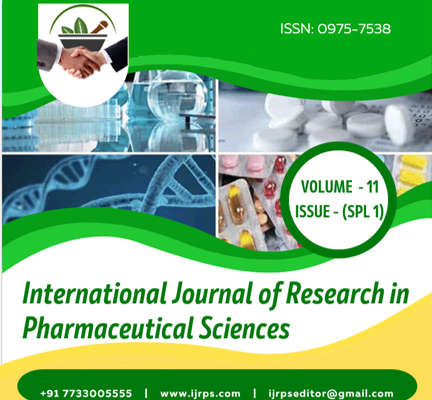Abstract
In Dec 2019, pneumonia cluster in China caused by a previously unknown virus, now called Novel Coronavirus 2019, occurred, causing respiratory as well as gastrointestinal symptoms. The respiratory symptoms usually include common cold; pneumonia causing generally mild disease. There are, however, several examples of severe disease-causing coronaviruses that include severe acute respiratory syndrome (SARS)-Cov first identified in China in 2003; and Middle East Respiratory Syndrome (MERS) Cov, first identified in Saudi Arabia in 2012. In 2019 the n-COV was first detected in China. At present, there are many cases in China and along with it, this has spread to other countries as well. The article aims at giving general information about the novel coronavirus and its impact on vaccine preventable diseases. Currently, there is a big outbreak in India and other countries as well. By ensuring early immunisation, protecting people and groups of persons, reducing the susceptibility of a vaccine preventable disease (VPD) outbreak not only saves lives but also requires less resources and helps to reduce the health care burden. Immunizations are important resources for health care that protect people vulnerable to VPD. Countries may therefore contribute to the maintenance of immunisation programmes by using methods that adopt the do-no-harm principle and limit the transmission of COVID-19 when conducting immunisation activities.
Full text article
Authors

This work is licensed under a Creative Commons Attribution-NonCommercial-NoDerivatives 4.0 International License.

